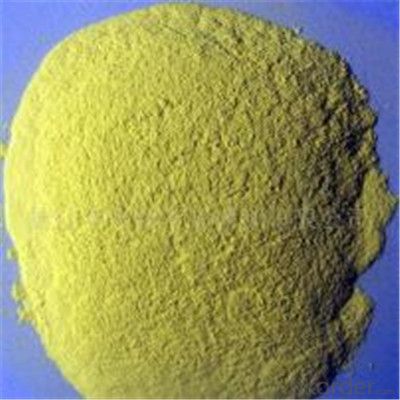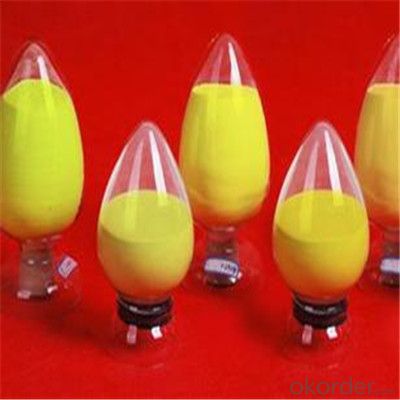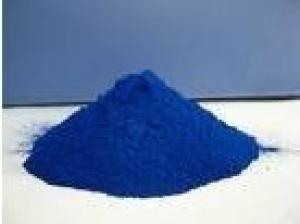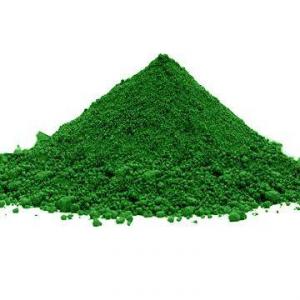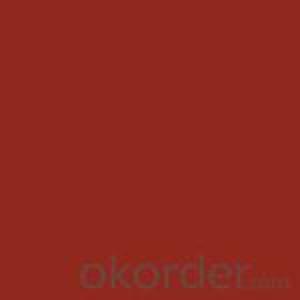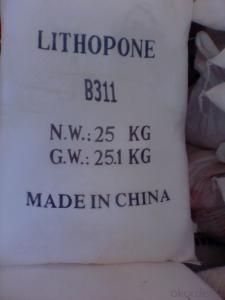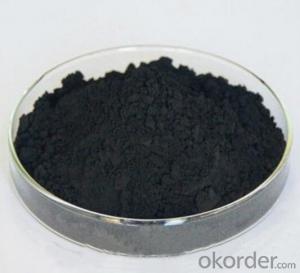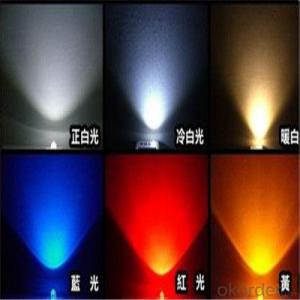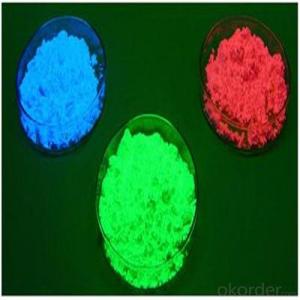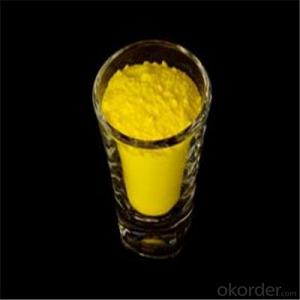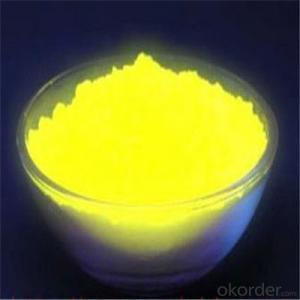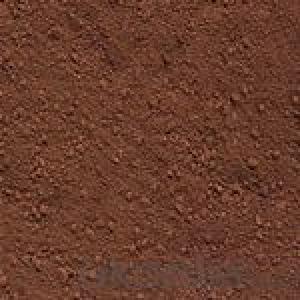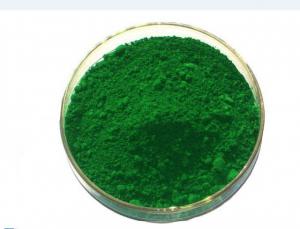LED Fluorescent Powder with High Brightness Yellow
- Loading Port:
- Ningbo
- Payment Terms:
- TT OR LC
- Min Order Qty:
- 20 kg
- Supply Capability:
- 100000 kg/month
OKorder Service Pledge
OKorder Financial Service
You Might Also Like
Description of LED Fluorescent:
Separate the powder in the epoxy glue or silica gel uniformly, after deaeration, dot the powder on the CMOS chip, the LED encapsulation will be finished after solidification, etc. It also can be used after mixing with other phosphor (such as red and green powder) in certain proportion to get your required color temperature or rendering index.
Festures of LED Fluorescent:
The powder is a kind of yellow phosphor for LED encapsulation use with the characteristics of high brightness,good stability and no harm to human and environment, which is fired through special manufacturing techniques. This kind of powder is quite applicable to the encapsulation of high color rendering white LED or other lighting appliances.
Specifications of LED Fluorescent:
Appearance: Yellow crystalline powder
Chemical composition: Rare earth aluminate
Physical stability: waterproof and heatproof. No any changes under -50°C to 300°C in the air.
Chemical stability: under 200°C, brightness >90%; within 1000 hours after encapsulation, brightness decay
Safety: Conform to the RoHS {EU (Restriction of Hazardous Substances)} and all security standards. Non-poisonous, non- radioactivity and do no harm to human and environment.
Images of LED Fluorescent:

FAQ:
1.When can i get the price quotation?
We can send you the quotation within 24hours after your inquiry, including the shipping cost if you need.
2.What about payment term?
30% T/T deposit, balance against B/L copy.
Full T/T payment if quantity less than MOQ.
3. What’s your after-sales service?
One-year warranty, and 1% common accessories.
- Q: thank you very much for your help!
- This Site Might Help You. RE: what is the role of photosynthetic pigments in plants? thank you very much for your help!
- Q: i would like to now so i could put it in a marker thanks..
- Isn't all ink pigmented? A quick search for make your own ink turned up many recipes. Here is one: Basic Permanent Black Ink: 1 egg yolk 1 tsp gum arabic 1/2 cup honey 1/2 tsp lamp black (buy in a tube or make by holding a plate over a lit candle) Mix egg yolk, gum arabic and honey in a small bowl.
- Q: I Need a Bright Colorful High Pigmented Eyeshadow Pallet. i saw some on amazon. but Tehre Out Of stock. :[ Also i need bright colors like realllly bright
- Kryolan and Mehron are amazingly bright and are used by youtube makeup guru AllThatGlitters21 ALL the colors are intense, but they have to be used wet. They have a very strong color payoff, and are so true to the palet color. Mac pigments are kind of on the expensive side, and they do give you ALOT of product, but sometimes alot is a bad thing because you cant always use all of it. Hope this helps :)
- Q: What does the word pigment mean?
- pigment - a substance that gives color to something like paint or ink. Natives used charcoal as a pigment to make dyes. Also: a substance that occurs in Nature which gives color to, say, flowers or skin. Mellanin is a pigment in our bodies that gives our skin color. Albino people have no pigment in their skin and so their skin appears very white and pinkish from the color of the blood in the blood vessels. It's not rare at all to see this word used as a noun, but it can be used as a verb meaning to add a substance to give something color.
- Q: How to manufacture FRP pigments?
- Pigment A finely divided material which contributes to optical and other properties of paint, finishes, and coatings. Pigments are insoluble in the coating material, whereas dyes dissolve in and color the coating. Pigments are mechanically mixed with the coating and are deposited when the coating dries. Their physical properties generally are not changed by incorporation in and deposition from the vehicle. Pigments may be classified according to composition (inorganic or organic) or by source (natural or synthetic). However, the most useful classification is by color (white, transparent, or colored) and by function. Special pigments include anticorrosive, metallic, and luminous pigments. See also Dye; Luminous paint; Paint.
- Q: How do you use pigments?
- you can use it in a few places such as your lips, cheeks, eyes
- Q: I have dyed my hair dark brown for months now it keeps fading because i've had bleach on before hand, so I need some advice on buying decent hair dyes for pre-pigmenting it so my hair dye stops fading out into a horrible gingery brown!
- You have to go to your chart on hair colors. Go through the stages of how the color is removed from the hair when bleaching. Then you will need to redeposit that color into the hair before you take it back top the natural color. Natural dark brown means you have removed all of the red pigments out of the hair. Depends on what brand you use as to which color you would need. If you don't have a bunch of money to spend go to a beauty school and you should get pretty good results. Good Luck
- Q: As in like makeup pigments??????
- technically, pigment is a colored mineral of some kind that is ground as fine as possible. (i.e., cobalt is blue, iron produces reds, etc.) Pigment is the same whether it's in cosmetics, ceramics, or in paint. However, modern chemicals may also have the effect of coloring the ingredients of cosmetics, but that would make them a colorant, not a pigment.
- Q: Can somebody answer this in AP BIO language please
- A pigment molecule absorbs at specific wavelength(s), meaning that when light of a specific wavelength is incident to the molecule only certain wavelengths are absorbed while others are transmitted. The spectrophotometer emits monochromatic light (light of only one wavelength) which passes through the pigment molecule and a detector determines the amount of light that is either absorbed or transmitted by the sample. This is done at wavelengths from the UV (180-330 nm) to the visible (330-700 nm) and the light that is either transmitted or absorbed is detected by the spectrophotometer and is able to be graphed with absorbance representing the y-axis and wavelength representing the x-axis. The resultant graph will depict the absorption spectrum of that particular pigment molecule. Hope that helps.
- Q: Why is it important for a plant to have more pigments than just chlorophyll?
- if the plant has more than one color of pigments, it can absorb more spectrums of the visible scale and create food longer, therefore surviving longer
Send your message to us
LED Fluorescent Powder with High Brightness Yellow
- Loading Port:
- Ningbo
- Payment Terms:
- TT OR LC
- Min Order Qty:
- 20 kg
- Supply Capability:
- 100000 kg/month
OKorder Service Pledge
OKorder Financial Service
Similar products
Hot products
Hot Searches
Related keywords



